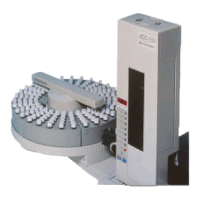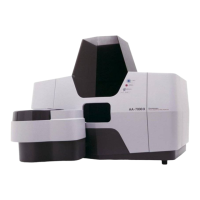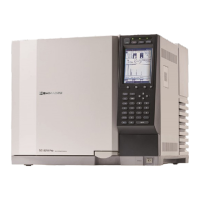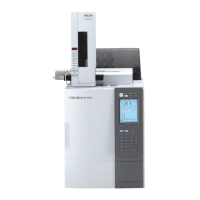158
1111
MaintenanceMaintenance
Inspection
Since the balance may develop error due to its application and environment of use, it must undergo
both daily and Periodic inspections in order to properly maintain its required performance and
functions.
However, since the management standards governing the content of these inspections (methods,
judgment criteria, etc.) will differ depending on the purpose of use, management goals, they must be
determined by the customer.
If the content of the inspections is made too lax, the risk that you will continue to use the balance
without discovering an abnormality increases, but if it is excessively strict it may reduce working
efficiency, so you should take the care to devise balanced inspection content, considering the risks,
the performance that is required in the work to be done.
This section indicates the guidelines for daily inspections and Periodic inspections.
Please use these guidelines for reference when deciding the practical details of your own inspections.
Daily Inspections
The person who actually uses (manages) the balance must carry out inspections on a daily basis (prior
to use).
The points inspected in daily inspections can, if you like, be reduced to the minimum necessary.
Here are some examples for your reference.
Daily Inspection [Reference Example 1] Daily Inspection [Reference Example 2]
Frequency of
inspection
Once per day Once to several times per day (as required)
Inspection
timing
Before the start of work Before the start of work and when performing
important weighing operations
Method of
inspection
Observe the instrumental error at a single
point.
Set the "observation point" as a point a little
above the upper limit value of the range in
which the balance is actually used to weigh.
Observe the instrumental error at a single point.
As the point to be observed before the start of
work, set a point a little above the upper limit
value of the range in which it is possible that
actual measurements will be made.
Criterion of
judgment
To be accurate to within ±5 at one decimal
place to the right of the digit where accuracy
is required when actually weighing with the
balance.
To be accurate to within ±5 at one decimal
place to the right of the digit where accuracy
is required when actually weighing with the
balance.
What is instrumental error?
This is the amount of the discrepancy between the value indicated by the balance and the
correct value. It is assessed as the difference between the weight reading when a weight that
corresponds to the observation point is weighed on the balance and the actual weight value of
that weight. ^ [About Weights] (P.160)
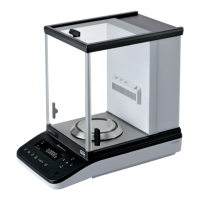
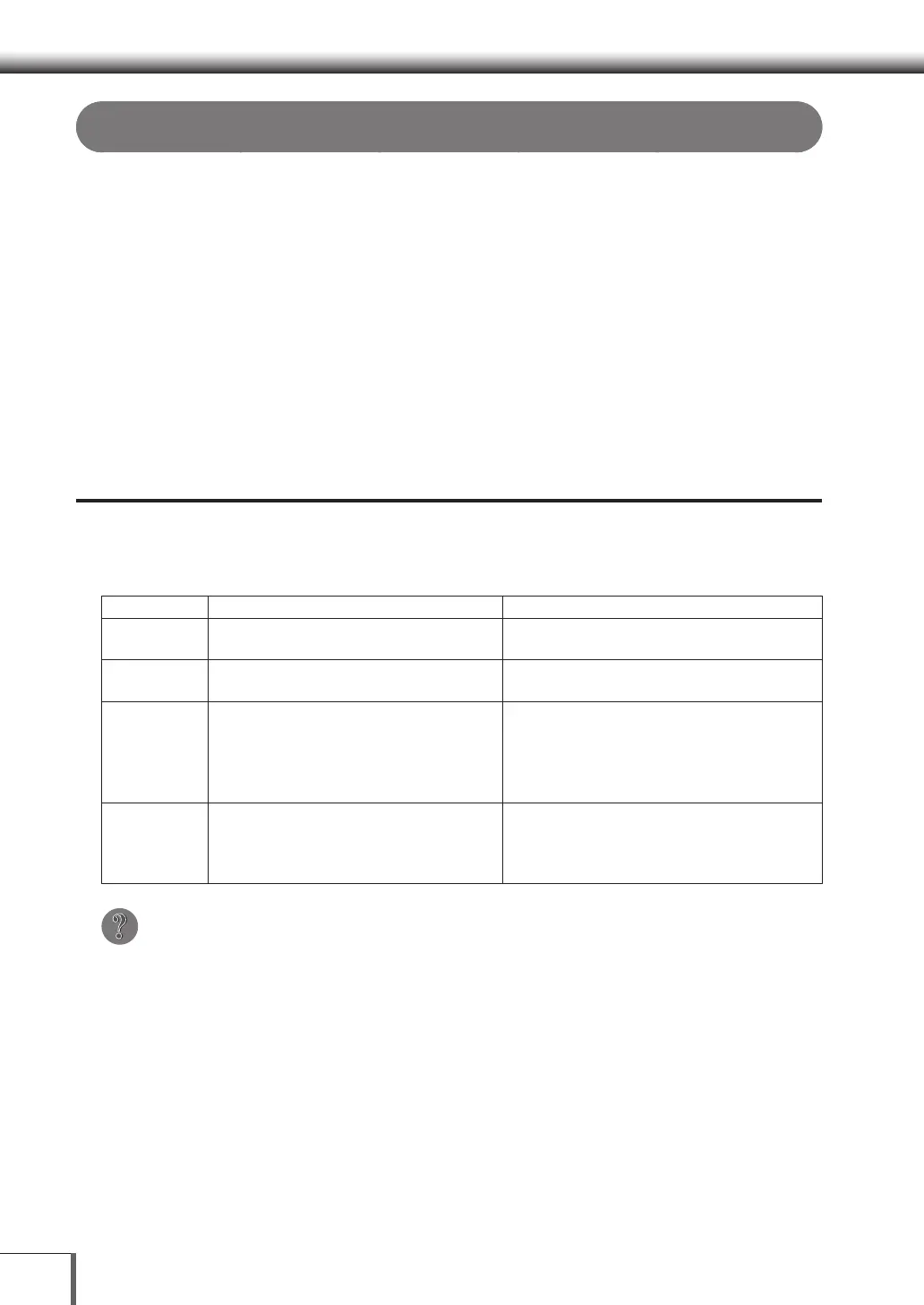